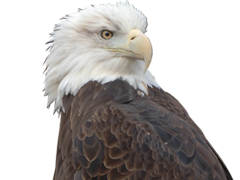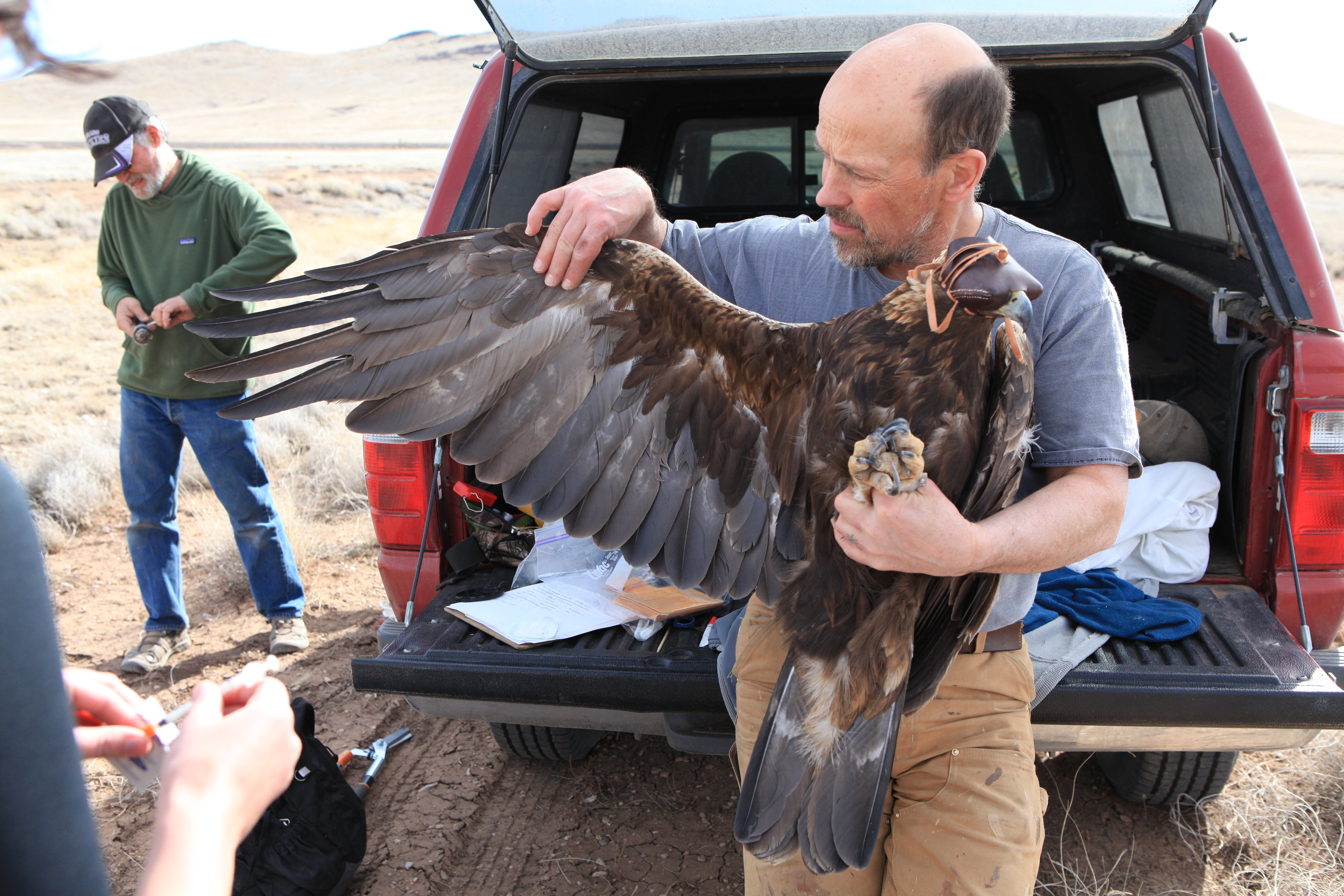
The bald eagle (Haliaeetus leucocephalus) is a conservation success story with an important place in the hearts and minds of many Americans. When the U.S. adopted the bald eagle as the national symbol in 1782, the country may have had as many as 100,000 nesting eagles. The first major decline of the species probably began in the mid to late 1800s, coinciding with the decline of waterfowl, shorebirds, and other prey.
Fifty years ago, the bald eagle was in danger of extinction throughout much of its range (from Alaska and Canada to northern Mexico). Habitat destruction and degradation, illegal shooting and DDT decimated bald eagle populations. By 1963, with only 417 nesting pairs of bald eagles remaining, the species was in danger of extinction. In 1967, the Secretary of Interior listed bald eagles south of the 40th parallel under the Endangered Species Preservation Act of 1966. Following enactment of the Endangered Species Act of 1973, the Service listed the species in 1978 as endangered throughout the lower 48 states, except in Michigan, Minnesota, Oregon, Washington, and Wisconsin, where it was designated as threatened.
The banning of DDT use in the United States in 1972, accompanied by habitat protection provided by the Endangered Species Act, enabled bald eagles to make a remarkable recovery. As the bald eagle recovered, its status was upgraded to threatened throughout the lower 48 states in 1995. In 2007, it was removed from the federal list of threatened and endangered species. In 2009, the Service estimated there were between 8,500 and 10,000 nesting pairs of bald eagles in the lower 48 states and no fewer than 15,000 in Alaska. The Service is currently evaluating data to revise the estimate for the lower 48. No official numbers are available at this time, but the population appears to be increasing in much of its range.
Bald eagles can weigh 14 pounds and have a wingspan of eight feet. Males are smaller than females. Bald eagles are mostly dark brown, and don't get their distinctive white head and tail feathers until they are four to five years old.
Bald eagles eat fish, waterfowl, turtles, rabbits, snakes, and other small animals, and carrion. Their habitat includes estuaries, large lakes, reservoirs, rivers, and some seacoasts. They are also found in growing numbers in suburban and even some urban areas. During the winter, they tend to congregate near open water in tall trees for shelter or spotting prey.

Bald eagles typically nest in the tops of large trees. They often use and enlarge the same nest year after year. Nests may reach 10 feet across and weigh as much as a small car. A breeding pair may also have one or more alternate nests within its breeding territory. In treeless regions, they may nest in cliffs or on the ground. The female typically lays one to three eggs, which hatch after about 35 days. Young eagles can fly within three months of hatching and are on their own about a month later. Disease, lack of food, bad weather, and human interference can kill eaglets, but about 70% survive their first year of life. The survival rate of eaglets is even higher in some areas, such as Florida, where it can be nearly 90%. Bald eagles travel great distances before they mature, but usually return to breed within 100 miles of the place where they were raised. Bald eagles may live 15 to 25 years in the wild.










